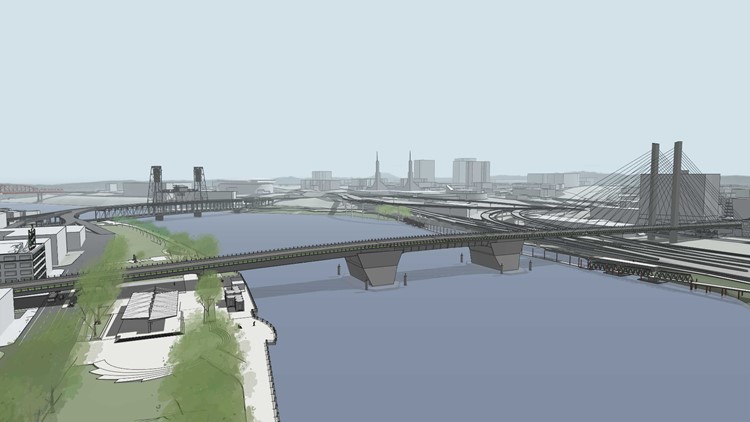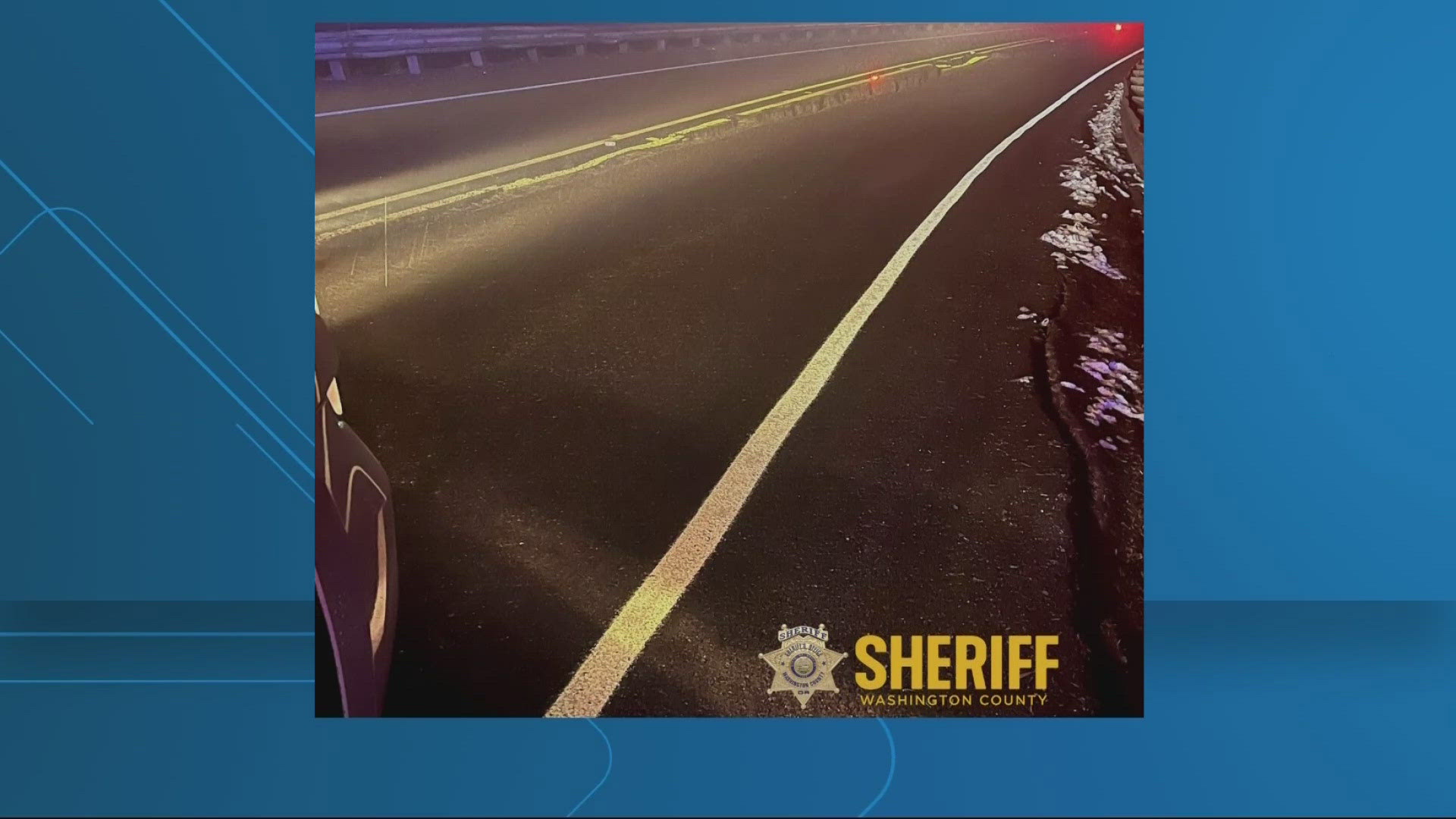PORTLAND, Ore. — A task force working to upgrade the Burnside Bridge voted Monday night to recommend approval of three cost saving measures that could reduce the new bridge's price by upwards of $240 million.
Those working on the Earthquake Ready Burnside Bridge project made it clear, though, that it only voted to approve one cost saving measure — which involves shrinking the bridge’s width — in hopes of finding additional funding to avoid doing so.
As of right now, none of Portland's downtown bridges could withstand "The Big One," or the Magnitude 8 earthquake that experts give a one-in-three chance of hitting locally in most Oregon residents' lifetimes. Multnomah County chose the Burnside Bridge to be replaced first because it's a lifeline route that would allow emergency services to respond after a major earthquake or other disasters.
But since the project's birth in 2016, the cost of such resources as steel has risen, partly due to the pandemic. The once-$1 billion project could now cost $800 million should the county attract more state and federal funding that alleviates local taxpayers' burden.
The biggest, and most controversial, cost saving measure involves not only shrinking the bridge's overall width from the original design, but also making it a four-lane vehicle bridge rather than the five-lane crossing it is now.
Currently, the 53-feet-wide roadway offers 12.8 feet on either side for bicyclists and pedestrians. Initial revamp proposals suggested a 60-foot-wide roadway with 20 feet on either side. Calls for lower costs, recommended for approval last night, resulted in a 44- to 50-feet-wide roadway with 14 to 17 feet on either side.
Read the full story at the Portland Business Journal.



